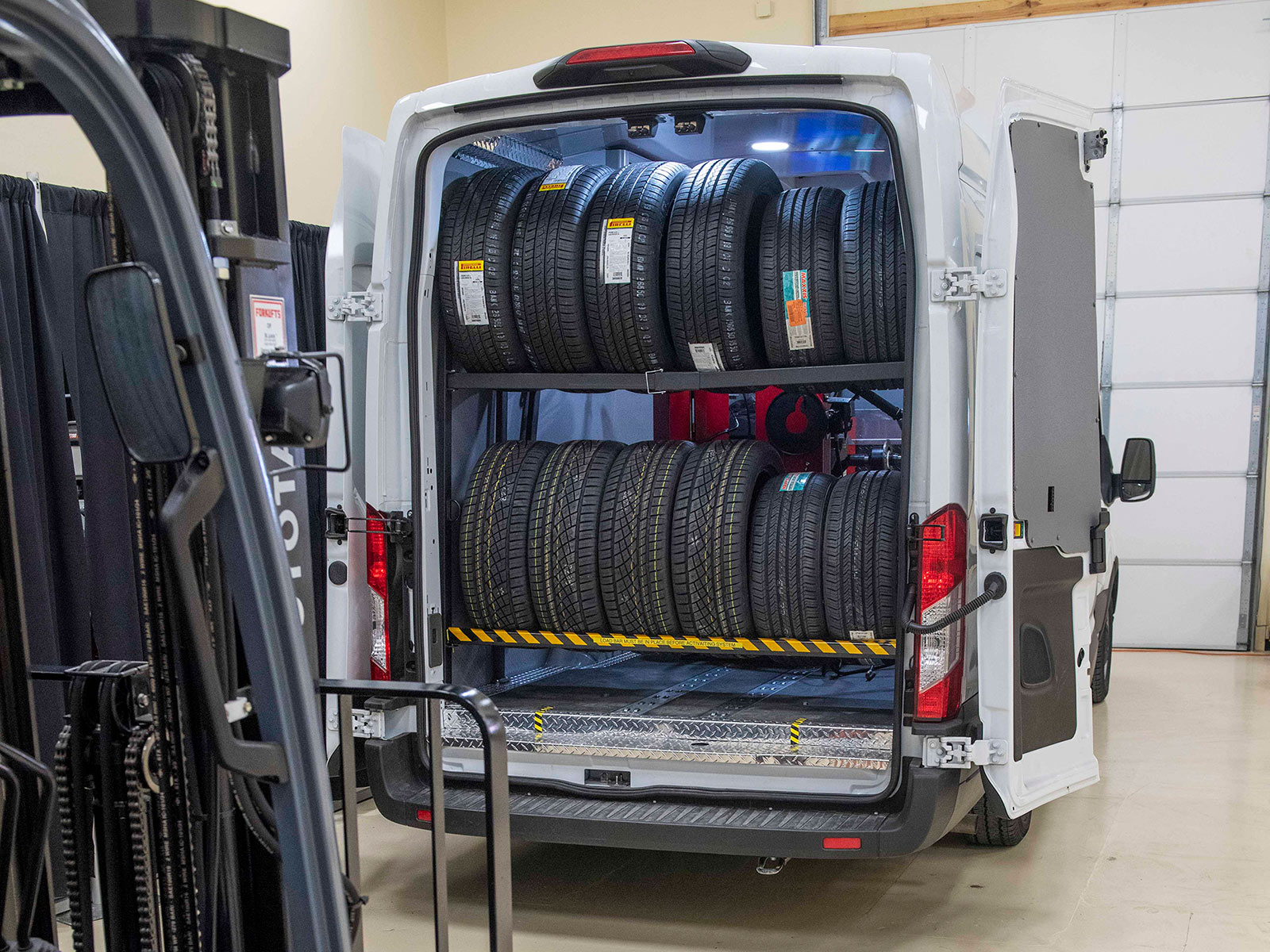Affordable Mobile Tire Replacement Las Vegas - Call Now!
Affordable Mobile Tire Replacement Las Vegas - Call Now!
Blog Article
Tire Service: Proven Approaches for Optimum Tire Maintenance and Care
From ensuring correct tire pressure to normal rotation and placement, there are proven approaches that can substantially extend the life expectancy of your tires and improve overall driving experience. Let's delve right into the globe of tire service and uncover the tricks to maintaining your tires in superior form for the long haul - Flat Tire Repair Las Vegas.
Significance of Tire Pressure
Sufficient tire stress promotes much better fuel performance, as under-inflated tires can lead to increased rolling resistance, triggering the engine to function more difficult and eat more fuel. Right tire stress guarantees also step wear, enhancing tire durability and conserving cash in the long run by delaying the requirement for early replacements. On a regular basis checking and changing tire pressure, particularly in the past long journeys, is a straightforward yet effective method to enhance automobile performance, prolong tire life-span, and prioritize safety and security on the road.
Tire Turning Standards
When considering tire turning standards, it is important to comprehend the relevance of this maintenance job in maximizing tire life expectancy and maintaining ideal automobile efficiency. Tire rotation entails changing the placement of each tire on a car to ensure also tread wear. Front tires tend to use much more swiftly than back tires due to guiding forces, making routine rotation crucial for balanced wear patterns. The advised turning pattern differs depending upon whether an automobile is front-wheel, rear-wheel, all-wheel, or four-wheel drive. Usually, tires must be revolved every 5,000 to 7,500 miles, or as suggested in the vehicle guidebook. Neglecting tire rotation can cause uneven wear, impacting handling, grip, and potentially compromising car safety. By adhering to appropriate turning guidelines, motorists can expand the life of their tires, boost gas effectiveness, and boost total driving experience. Normal rotation is a basic yet efficient maintenance technique that contributes substantially to tire long life and automobile efficiency.

Benefits of Wheel Positioning
Ensuring proper wheel placement after tire turning is critical for keeping well balanced wear patterns and making best use of lorry efficiency. Wheel placement describes the modification of the angles of the wheels to the manufacturer's requirements. Among the essential benefits of wheel placement is boosted managing and steering feedback. When the wheels are properly straightened, it minimizes steering initiative, making certain a smoother and a lot more controlled driving experience. Additionally, proper wheel positioning assists to extend the life-span of your tires. Misaligned wheels can trigger uneven tire wear, leading to early tire replacement and increased upkeep expenses.

Tire Tread Deepness Check
Executing a regular examination of tire tread deepness is necessary for maintaining safe driving problems and extending the lifespan of your tires. The walk on your tires plays an important duty in offering traction, particularly in unsafe or damp conditions. To inspect your tire step depth, you can utilize a step depth gauge or the dime test. The suggested step deepness is at least 2/32 of an inch. If the tread depth is listed below this limit, it is time to change your tires to guarantee optimum efficiency and safety when driving. Irregular step wear can indicate issues with tire pressure, positioning, or suspension, highlighting the importance of regular tread depth checks. Disregarding to monitor and maintain proper tread deepness can bring about lowered grasp, longer stopping ranges, and a raised threat of hydroplaning. By including tire walk deepness checks into your routine maintenance schedule, you can drive with self-confidence recognizing that your tires remain in leading problem.
Seasonal Tire Examination
Seasonal tire assessment is an essential element of tire maintenance that guarantees tires are prepared to deal with the challenges positioned by different weather conditions. In preparation for winter season, it is vital to inspect the tire stress regularly as cold temperatures can create tire stress to go down. By carrying out routine seasonal tire assessments, motorists can extend tire life expectancy, enhance gas performance, and most notably, guarantee a protected driving experience in varying weather conditions.
Verdict
In verdict, keeping correct tire stress, turning tires image source routinely, straightening wheels properly, checking walk depth, and performing seasonal evaluations are essential practices for optimum tire care. By following these verified techniques, drivers can guarantee their tires last longer, do better, and add to overall lorry security. It is essential to focus on tire maintenance to avoid crashes, enhance gas efficiency, and extend the life-span of tires.
Sufficient tire stress advertises far Related Site better fuel effectiveness, as under-inflated tires can lead to raised rolling resistance, causing the engine to work more challenging and eat more fuel.When thinking about tire turning standards, it is important to comprehend the relevance of this upkeep job in optimizing tire life-span and maintaining optimal car performance. Seasonal tire evaluation is an essential element of tire upkeep that makes sure tires are all set to encounter the obstacles postured by various climate problems. By performing regular seasonal tire assessments, vehicle drivers can lengthen tire life-span, boost gas effectiveness, and most significantly, make sure a safe driving experience in differing climate problems.
In final thought, maintaining proper tire pressure, revolving tires consistently, straightening wheels properly, checking walk depth, and conducting seasonal inspections are essential techniques for ideal tire care.
Report this page